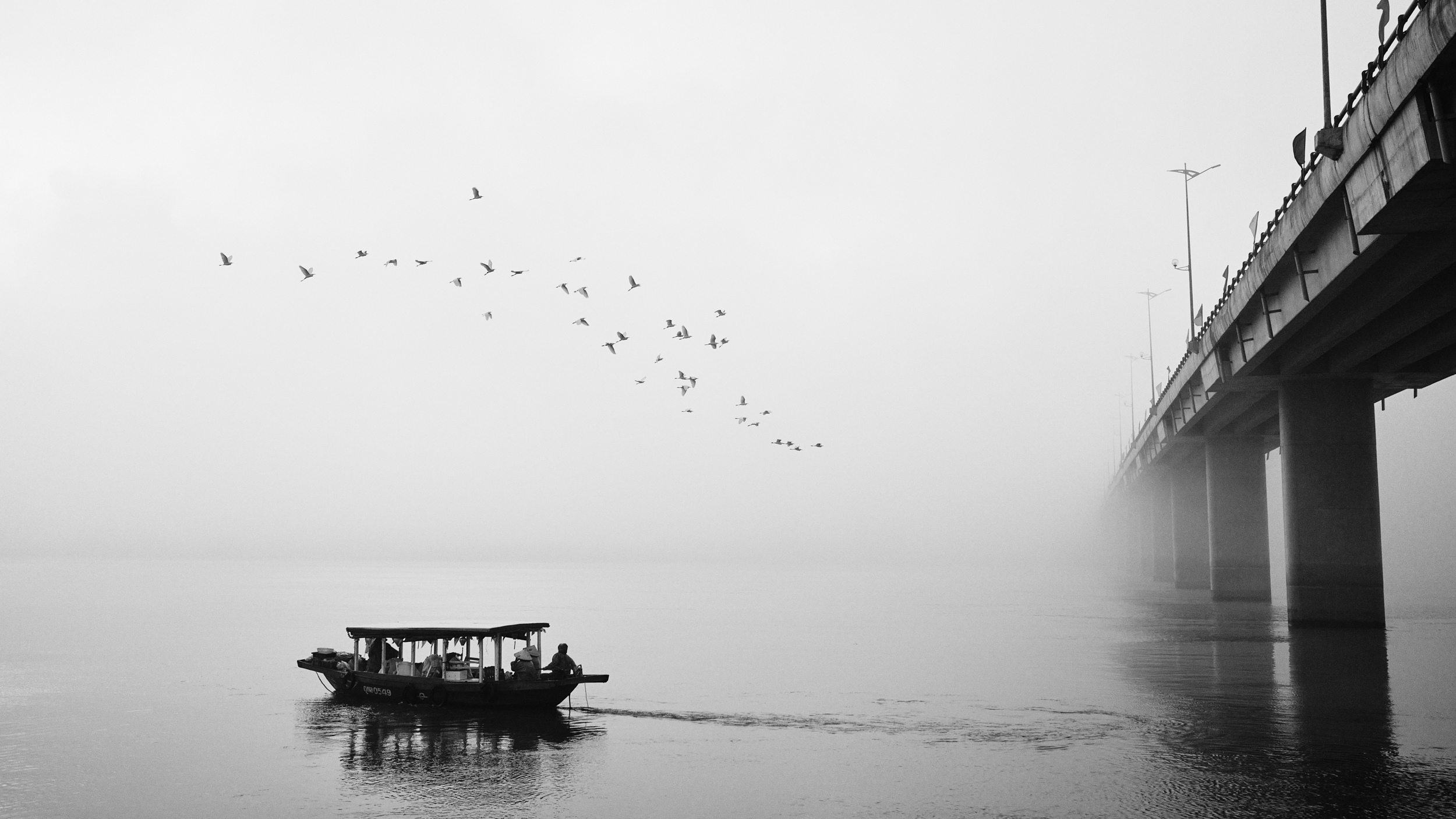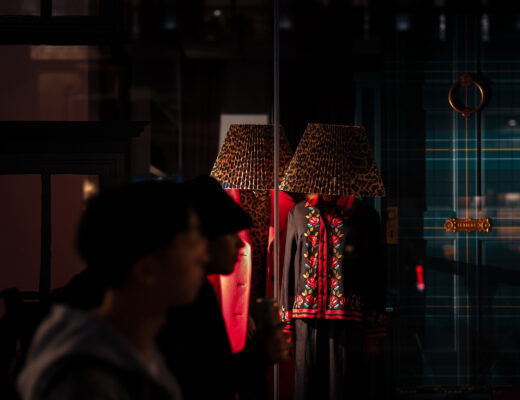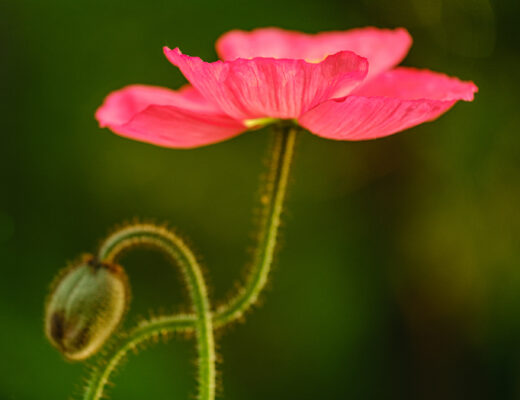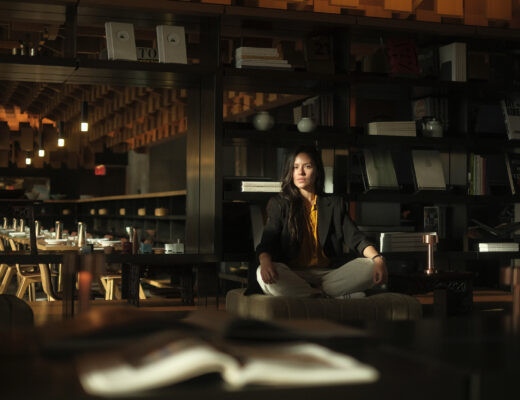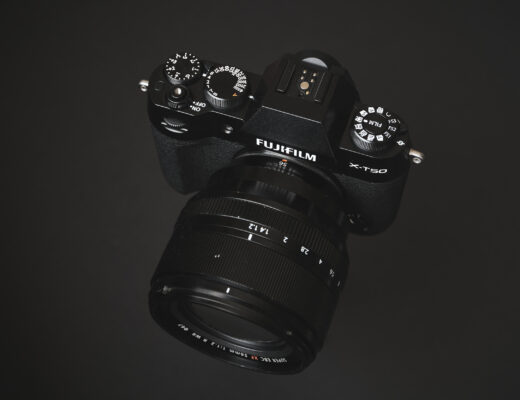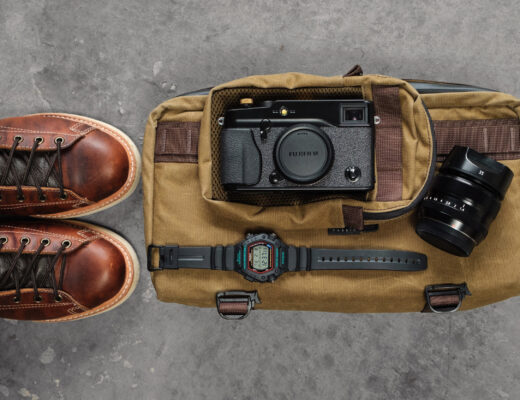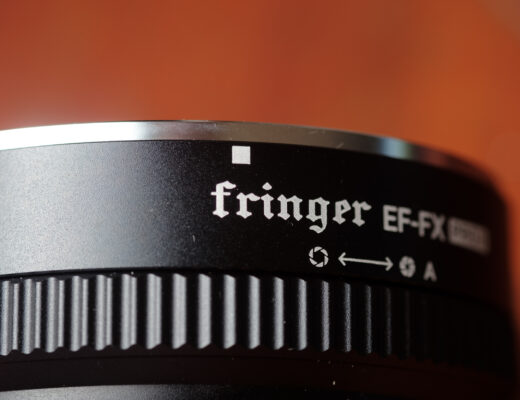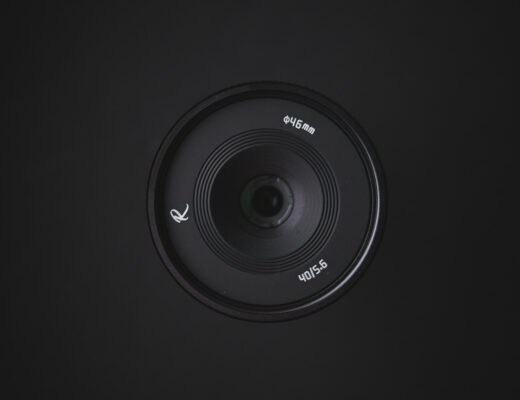In the early days of mirrorless cameras with electronic viewfinders (EVFs), I was somewhat of a sceptic. I’d been working with SLRs and DSLRs for the longest time and loved the big, bright view of the world that matched what my eyes saw. I was used to working that way and had become very good at predicting the results my cameras would deliver upon pressing the shutter button. Early EVFs were simply no match for that way of working. They were low resolution, high latency and lacked the clarity that the rear screens on the same cameras had.
Over time, though, EVF technology has improved and they have become an indispensable part of the way that I work now. EVFs like the ones in Fujifilm’s current swatch of cameras are, now and in many ways, a better experience than working with a traditional optical viewfinder. They take the guesswork out of things like how flare will affect my images and exactly how colours and contrast will render a particular scene. One of the things I enjoy most about them, though, is being able to see the world in black and white. This is a great way to work and we’ll explore some of the benefits of it here.
RAW or JPEG?
Before we discuss the positive aspects of working in black and white in the camera, let’s first discuss how to access it and whether we should record files in RAW or JPEG when working this way.
At present, Fujifilm offers eight different black-and-white film simulations in their cameras. By selecting one of these from the film simulation menu (IMAGE QUALITY → FILM SIMULATION), we can preview the world as it will look rendered in monochrome. If you find yourself changing film simulations often, you can also assign this to a function button or add it to your quick menu for easy access…
This is an excerpt from an article by Dylan Goldby in issue 98 of FUJILOVE MAGAZINE (May 2024). Subscribers, you can find this article by downloading this issue from your subscriber area.
You will find the remaining part of this article in FUJILOVE MAGAZINE.
Join thousands of Fujifilm X and GFX photographers from around the globe to get access to all available and upcoming monthly editions of FUJILOVE MAGAZINE. START HERE >>>

